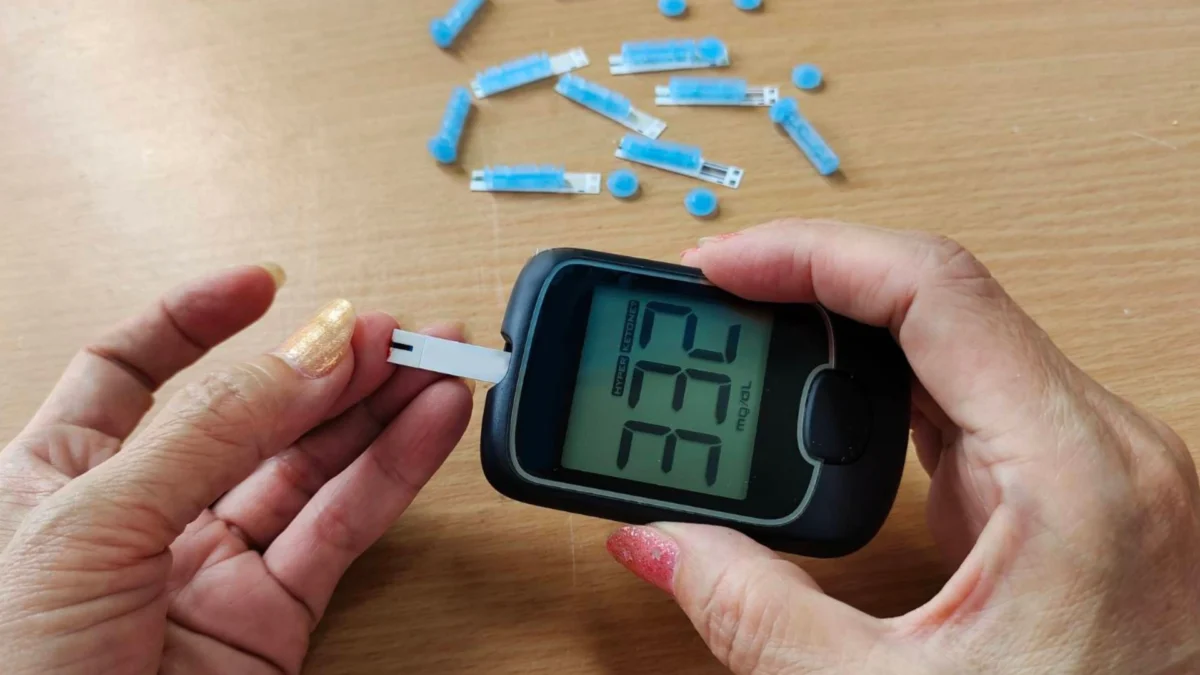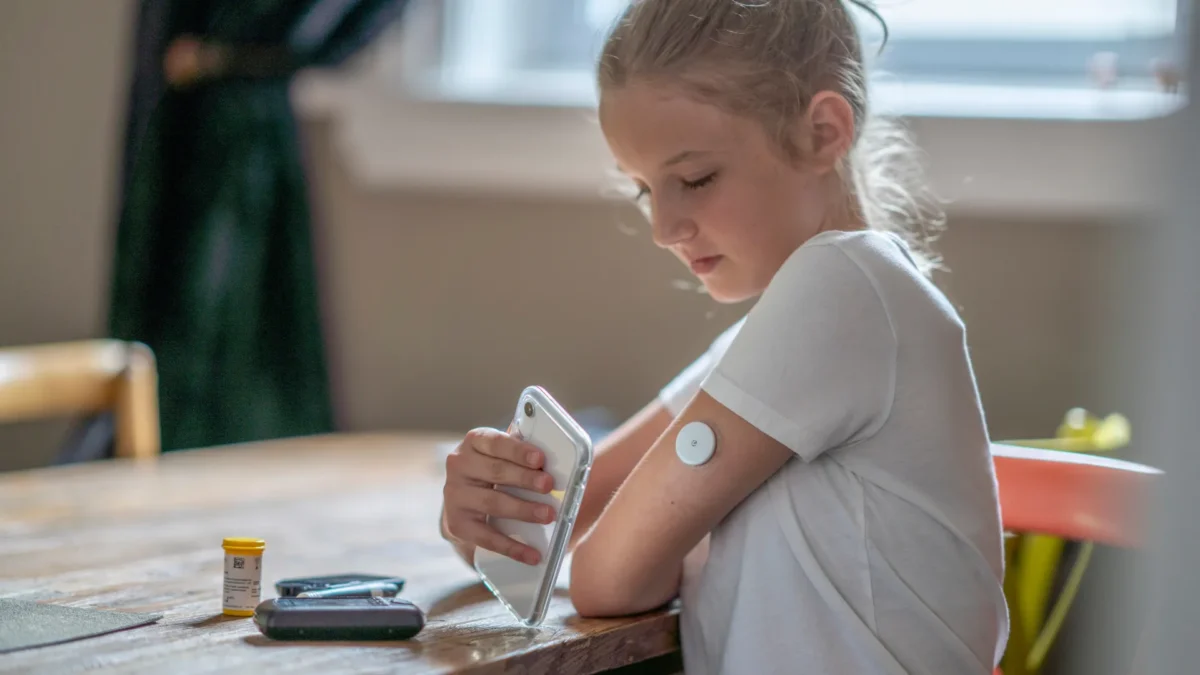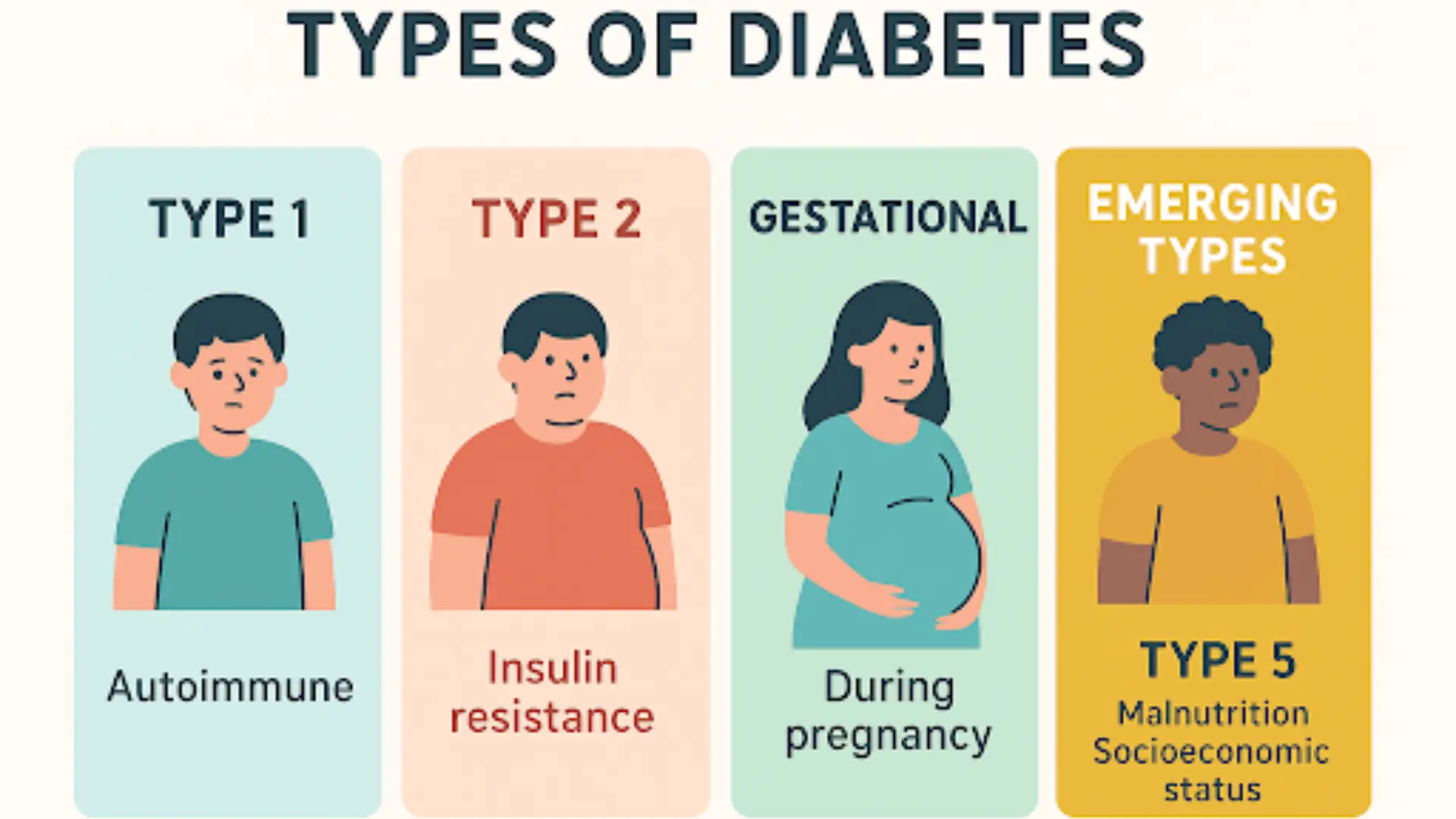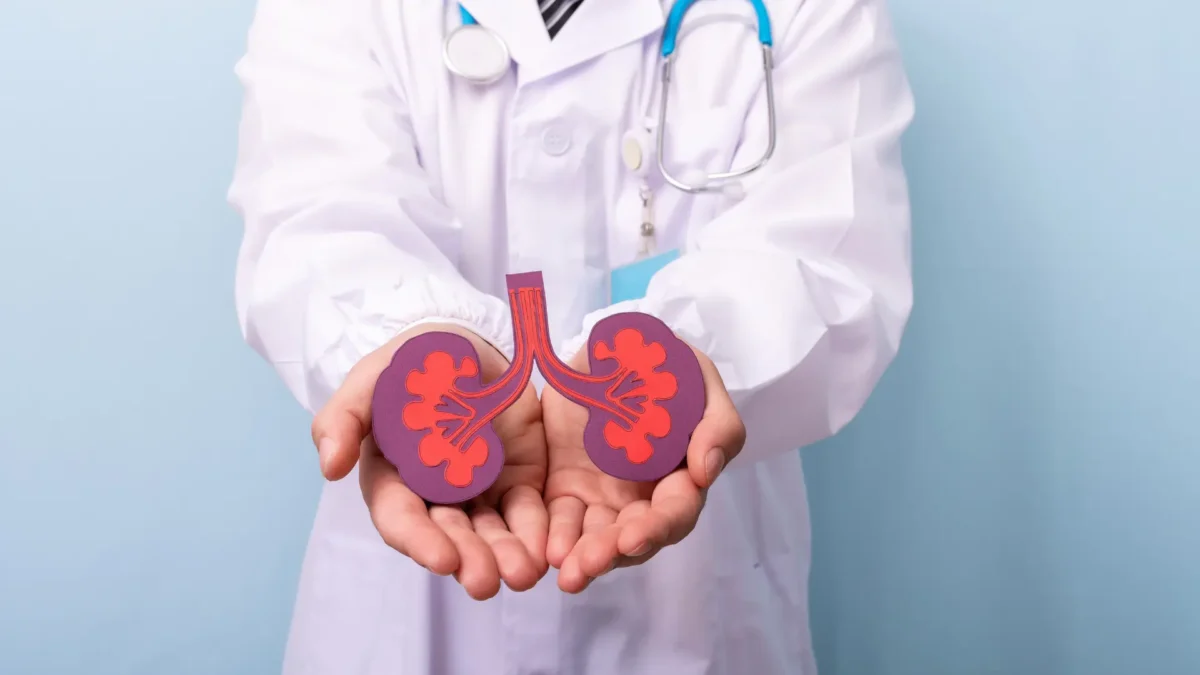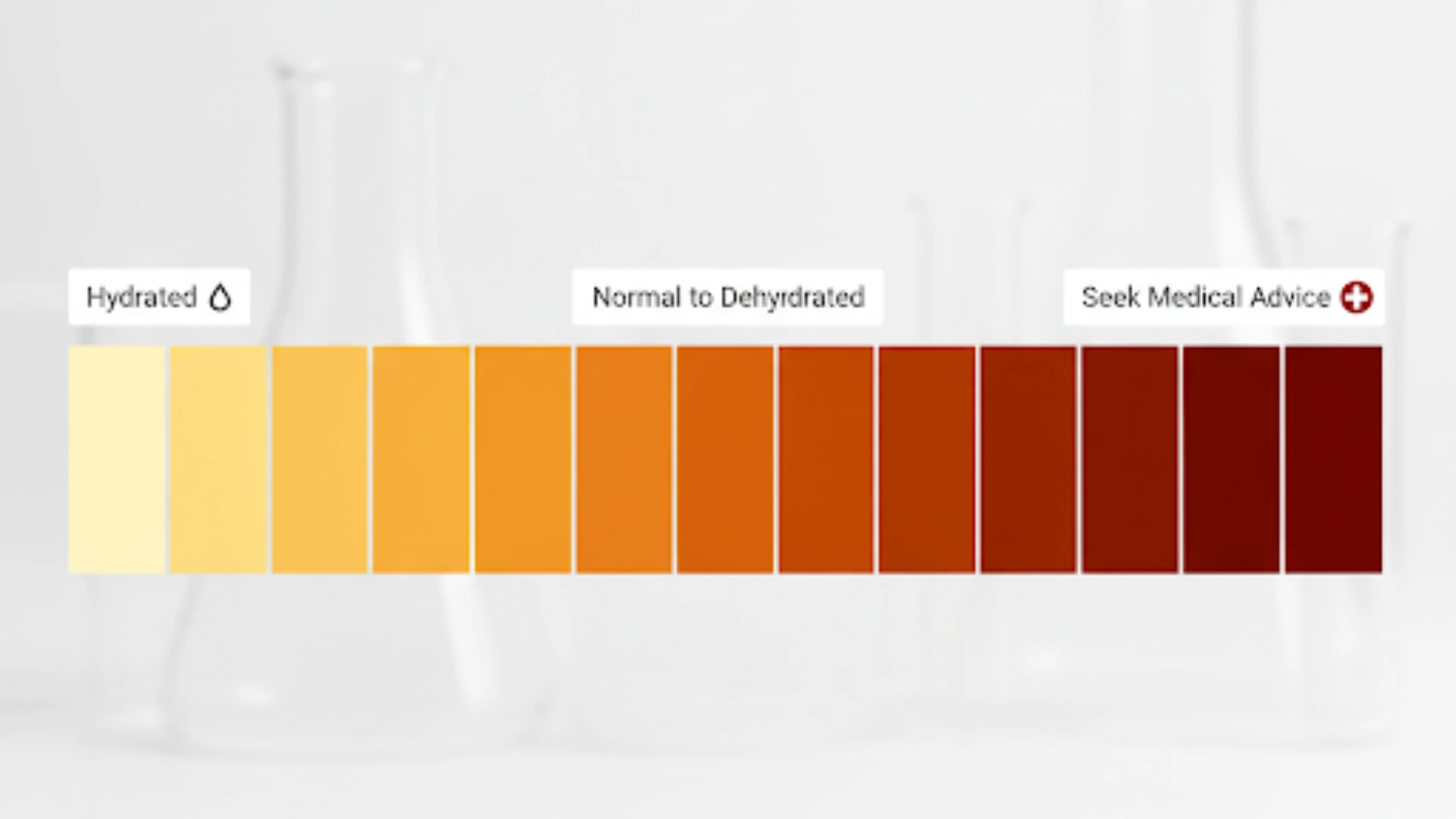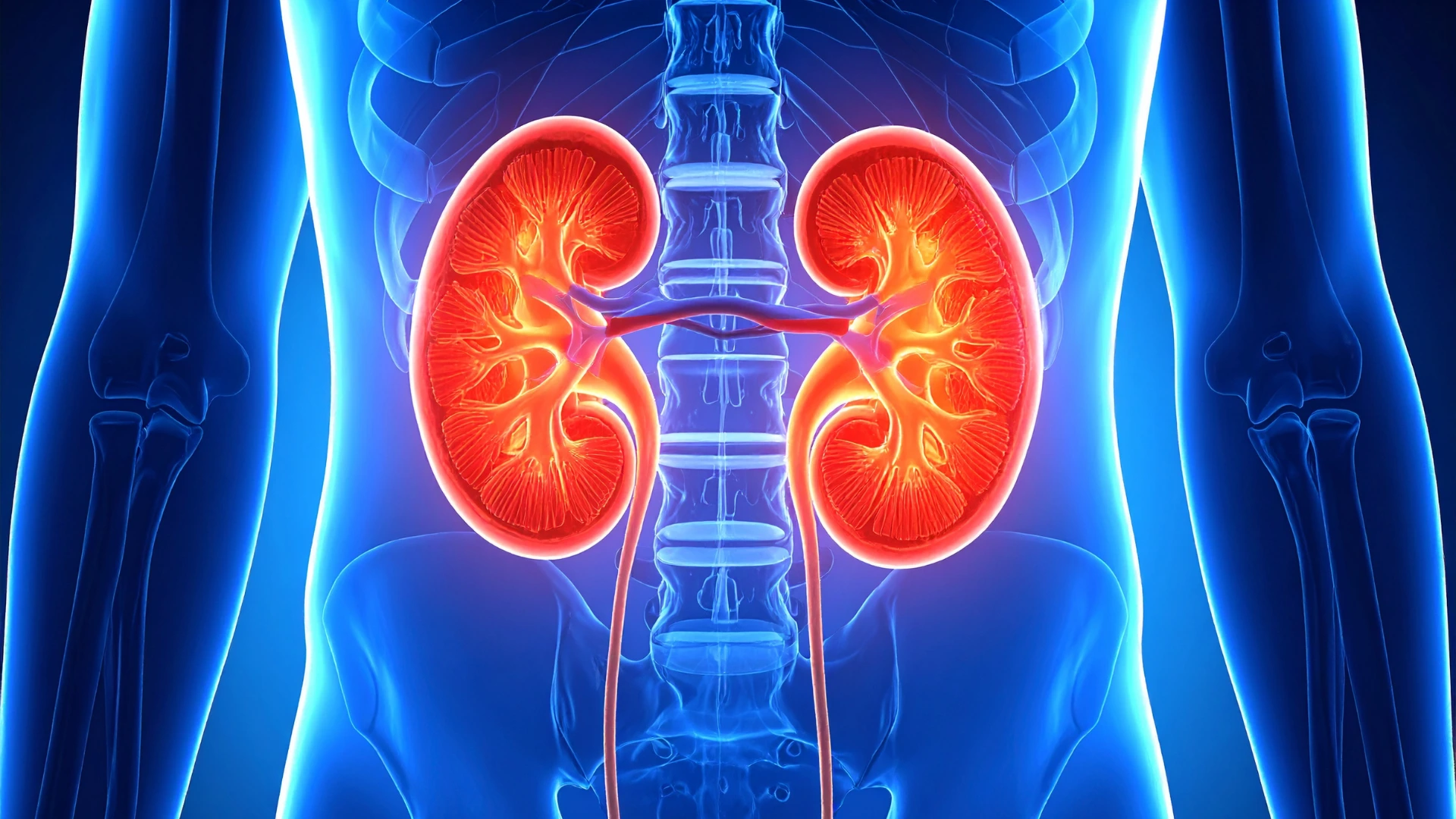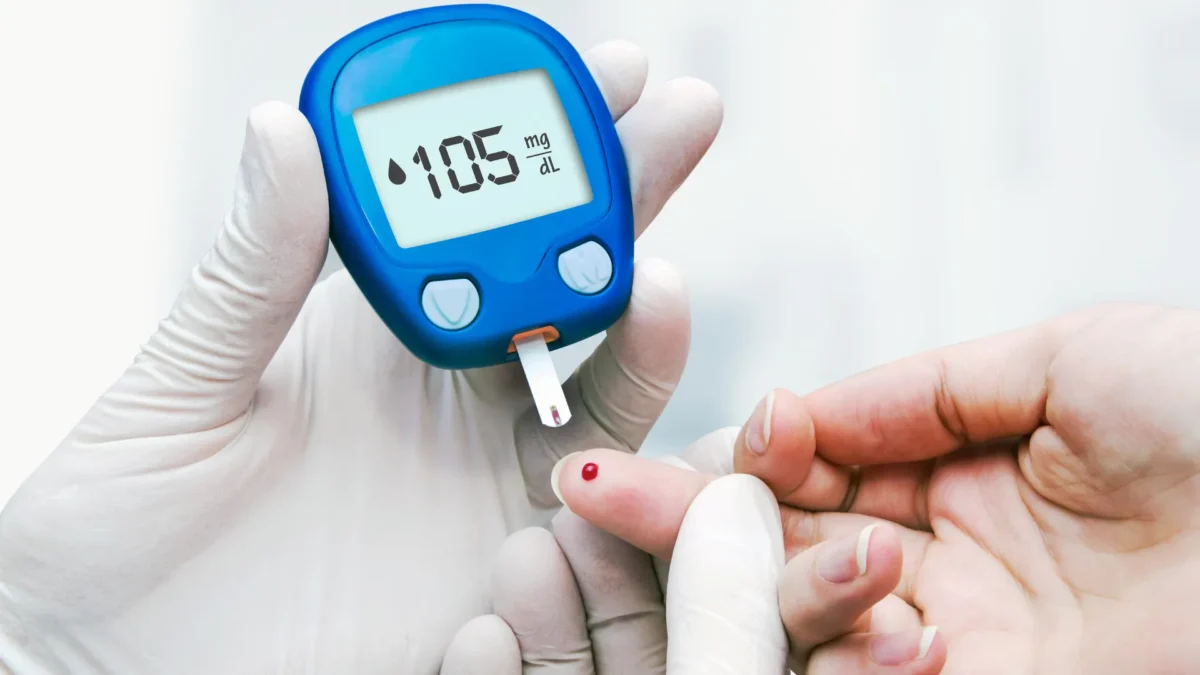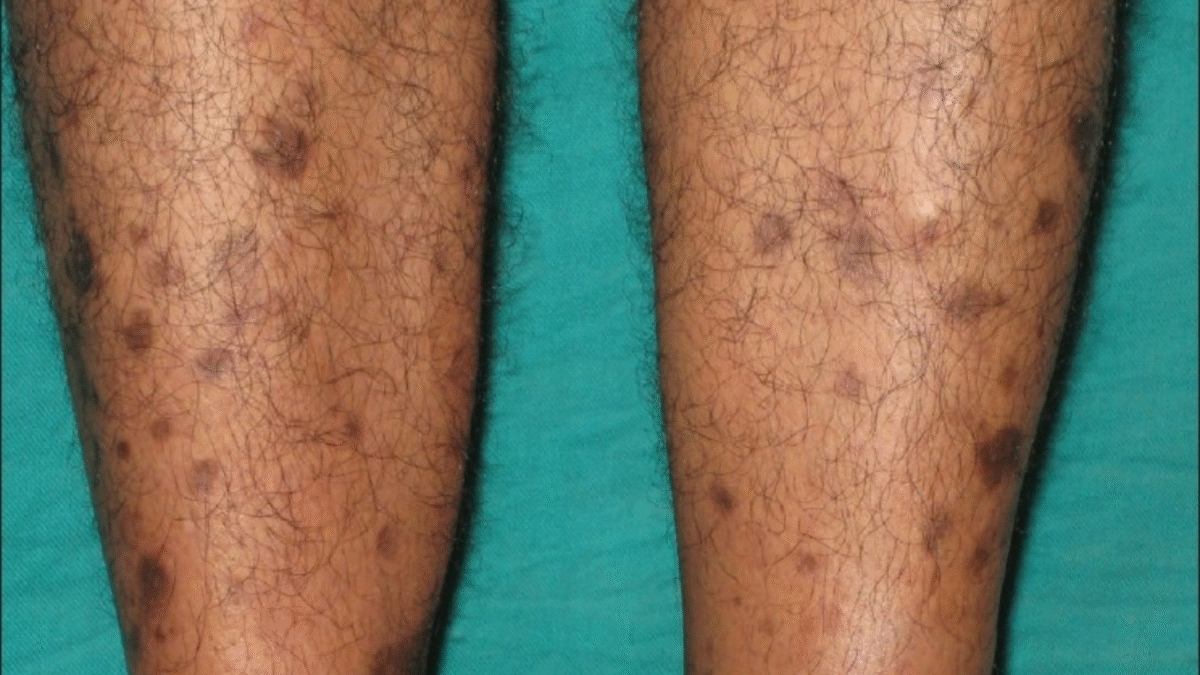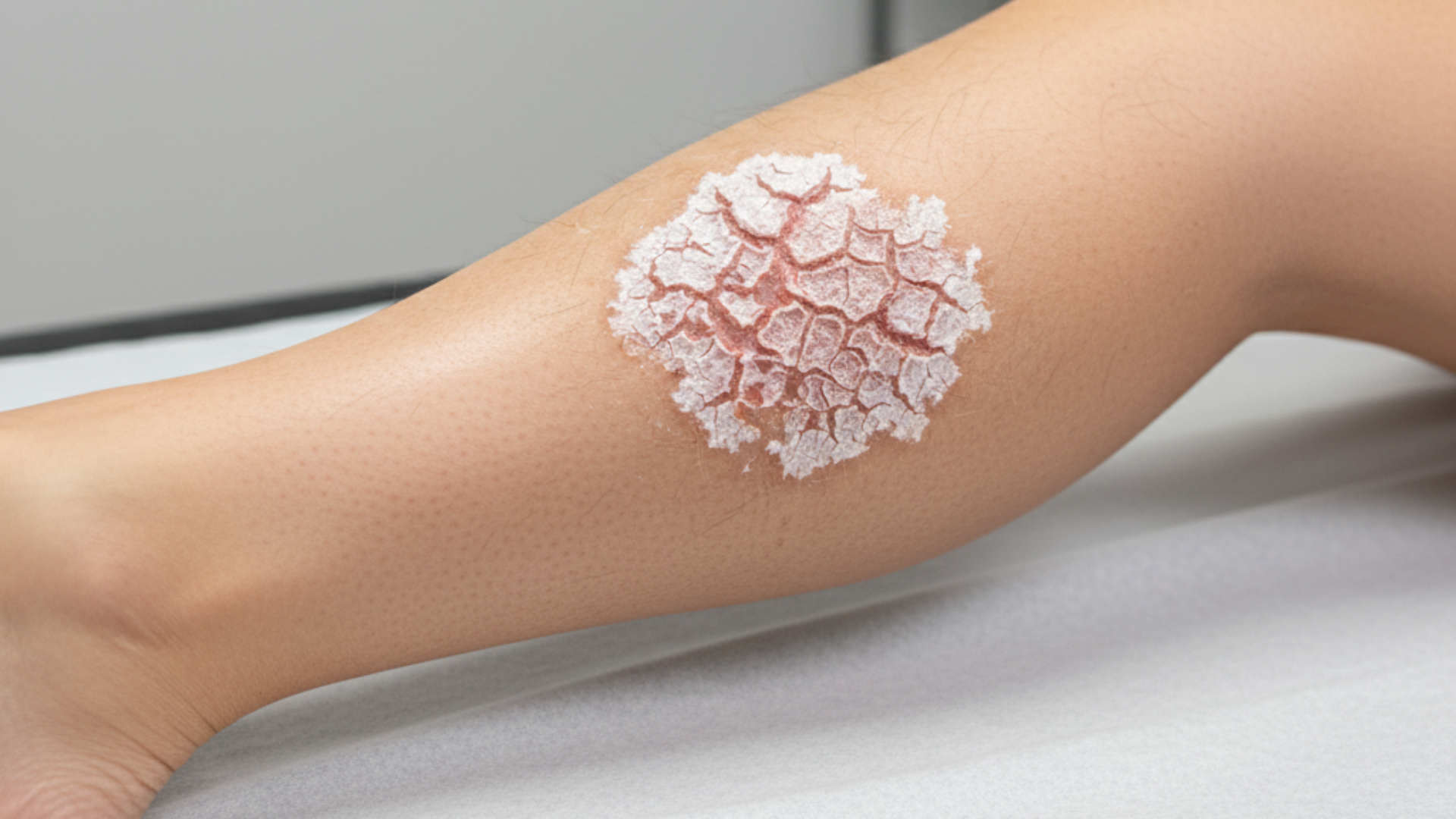Make Your Diabetes Journey Easier by Skipping These Pitfalls
Living with diabetes presents a unique set of daily challenges and requires a conscious effort to manage blood sugar levels effectively. It’s a journey of learning, adapting, and making informed choices every single day. Many individuals, despite their best intentions, find themselves struggling to maintain control, often due to common but overlooked missteps in their routine. Seeking guidance from the Best Diabetologist in Coimbatore is a critical first step, but empowering yourself with knowledge about what to avoid is equally important for long-term success.
This blog, drawing upon expert advice, illuminates the frequent pitfalls in diet and self-care that can hinder your progress and offers a clearer path toward stable and healthy living. Understanding these common errors is not about perfection, but about making small, consistent changes that collectively have a significant and positive impact on your well-being.
The Pitfall of Evening Eating Habits
A common area where many people with diabetes face challenges is in their evening dietary choices. What you consume in the hours before sleep can have a profound effect on your morning blood sugar readings. One of the most significant recommendations is to reconsider having rice for your nighttime meal. While rice is a staple in many diets, its carbohydrate content can lead to a substantial spike in glucose levels, which can be particularly problematic overnight when your body’s metabolic rate is slower. The body processes these carbohydrates into sugar, and without the corresponding physical activity that typically occurs during the day, this excess sugar can remain in the bloodstream, leading to elevated readings upon waking.
Similarly, the consumption of fruits in the evening should be approached with caution. Although fruits are natural and packed with vitamins, they also contain natural sugars. Eating them late at night can contribute to an undesirable increase in blood glucose levels while you sleep. The key is not to eliminate these foods entirely from your diet, but to be strategic about when you consume them. Shifting your intake of rice and fruits to earlier in the day, such as for breakfast or lunch, allows your body more time and opportunity, through daily activity, to effectively utilize the energy they provide without causing a prolonged spike in your blood sugar. This simple adjustment to your meal timing can be a remarkably effective strategy for better glycemic control.

Unmasking the “Sugar-Free” Deception
In the quest for healthier alternatives, many people with diabetes turn to products marketed as “sugar-free.” However, this is a domain where one must tread with extreme caution. A particularly misleading category is sugar-free biscuits. The advice is clear: these should be avoided. The term “sugar-free” can be a gimmick, a marketing tactic that masks other ingredients that are just as detrimental to blood sugar control. These products often contain refined flours, unhealthy fats, and artificial sweeteners that can still impact glucose levels. More deceptively, they may contain a lot of extra added hidden carbohydrates that your body will process in the same way as regular sugar.
This warning also extends to so-called “healthy” sugar alternatives like country sugar. While it may be less processed than white sugar, it is still a form of sugar and will affect your blood glucose. The belief that it is a safe substitute is a common misconception that can sabotage your efforts to manage your diabetes. The fundamental principle is to reduce overall sugar and refined carbohydrate intake, regardless of the source or the name it goes by. Instead of seeking out these often disappointing and misleading products, focus on whole, unprocessed foods. Reading labels diligently is crucial, but a simpler and more effective strategy is to avoid packaged and processed snack foods altogether, as they are frequently laden with ingredients that are not conducive to stable blood sugar.
Also Read: Nourishing Sips That Support Your Diabetes Journey
Re-evaluating Rice and Resisting Juices
The type of rice and its preparation method can make a significant difference. The specific advice to avoid cooker rice points towards a broader principle: the way food is cooked can alter its glycemic index, which is a measure of how quickly a food causes our blood sugar levels to rise. Rice prepared in a pressure cooker tends to become softer and more easily digestible, which can lead to a faster release of sugar into the bloodstream. Opting for rice varieties with a lower glycemic index and cooking methods that preserve more of the grain’s integrity can be a more prudent choice for individuals managing diabetes. While something may seem better than nothing, making a more informed choice about the type and preparation of your staple foods is a proactive step toward better health.

Another critical adjustment to make is the complete avoidance of all fruit juices. This might seem counterintuitive, as fruits are healthy. However, the process of juicing strips away one of the most beneficial components of the fruit: the fiber. This fiber is essential because it slows down the absorption of sugar into the bloodstream. When you drink fruit juice, you are consuming a concentrated dose of fruit sugar without the fiber to buffer its impact. This leads to a very rapid and high spike in blood sugar levels, which is precisely what a person with diabetes needs to prevent. Even if consumed for vitamins and minerals, the negative impact on glucose control far outweighs the benefits. The superior choice is always to eat the whole fruit. This way, you get the full spectrum of nutrients, including the vital fiber, which promotes a much more gradual and manageable rise in blood sugar.
The Cornerstones of Control: Medication and Monitoring
Beyond diet, the two most critical pillars of successful diabetes management are unwavering adherence to your medication regimen and diligent blood sugar monitoring. One of the most dangerous mistakes one can make is skipping tablets. Your prescribed medications are designed to work consistently over time to help your body regulate its blood sugar levels. Skipping doses can lead to erratic and dangerously high glucose readings, undoing all the hard work you put into your diet and lifestyle. Consistency is paramount. Think of your medication not as a temporary fix, but as a fundamental tool that supports your body’s function every single day.
Equally important is the practice of informed self-monitoring. Many people react to feelings of dizziness or weakness by immediately consuming sugar, assuming they have low blood sugar (hypoglycemia). However, this can be a misstep. The advice is to check your levels first. Unless you are absolutely certain that it is low sugar, you must check your blood sugar with a glucometer. If the reading confirms that your levels are indeed low, then and only then should you make the necessary correction with a small amount of fast-acting sugar and re-check shortly after. Acting on a guess can lead to unnecessarily high blood sugar if the feeling was caused by something else. This disciplined approach of “test, don’t guess” empowers you to make accurate, data-driven decisions about your health, preventing the rollercoaster of high and low blood sugar levels. For comprehensive support and guidance in establishing these crucial habits, connecting with a dedicated Diabetic Centre in Coimbatore can provide you with the resources, education, and expert care needed to navigate your journey with confidence.










